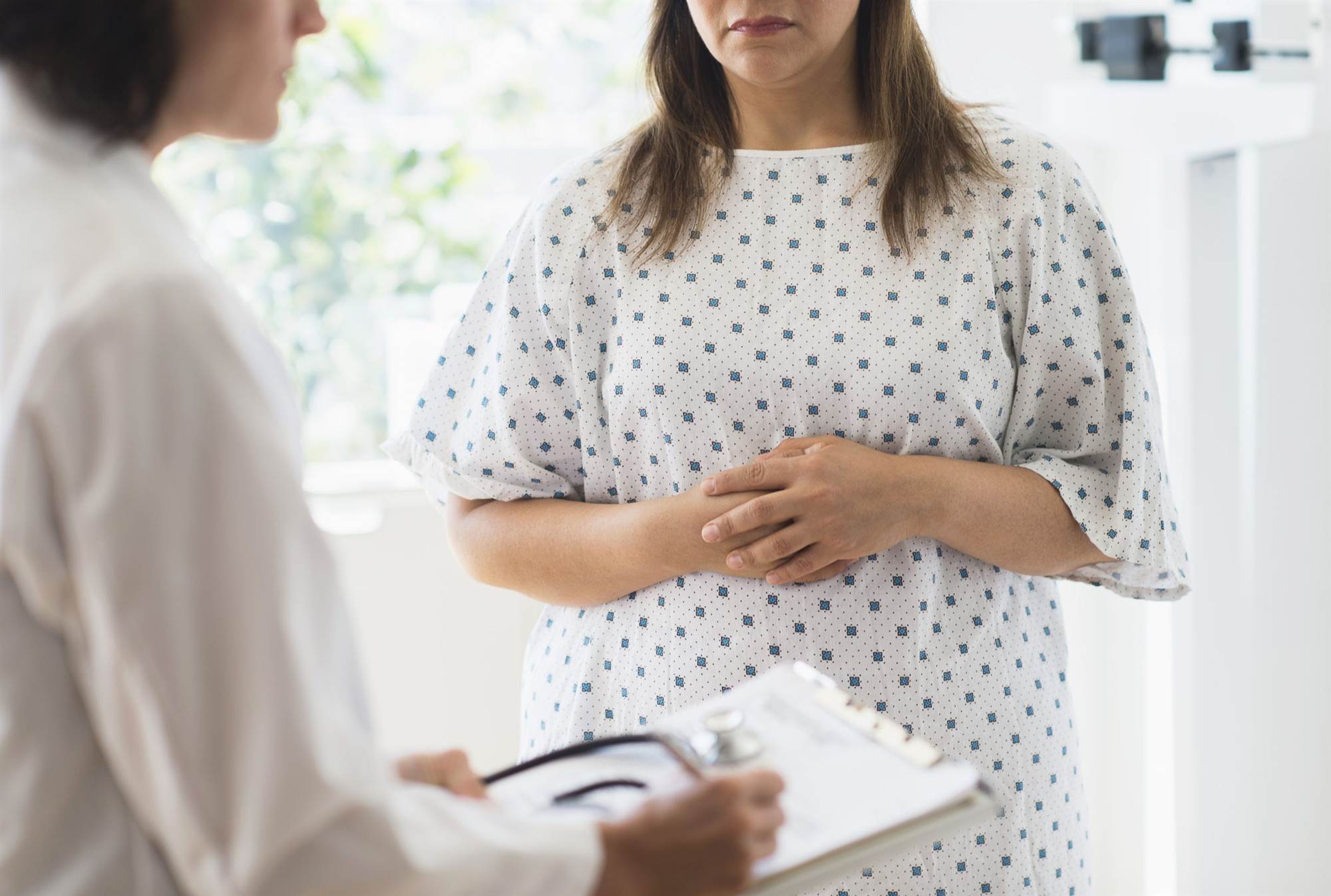It is estimated over 1,600 Australian women will be diagnosed with ovarian cancer this year. That’s less than one-tenth the number of women who are diagnosed with breast cancer each year. But while breast cancer is much more common, ovarian cancer is much deadlier, says gynaecologist Dr Ron Drapkin.
Of the 1,600 women who will be diagnosed with ovarian cancer this year, about 1,000 of them will die from it. A big reason for that: Ovarian cancer tends to be diagnosed late.
“We don’t yet have early detection tools for ovarian cancer, and most of its symptoms are non-specific,” Dr Drapkin says, meaning there are no warning signs that will make a doctor think, “Oh, that’s ovarian cancer.”
“Research shows most women [with ovarian cancer] were going to their doctors with symptoms for 6 or 9 months before their diagnoses,” Dr Drapkin explains. But because the symptoms are related to a vast variety of health problems, more common conditions usually have to be ruled out first.
That’s why ovarian cancer is often called a silent killer. Only 15 percent of all ovarian cancers are detected at an early easier-to-treat stage, before the cancer spreads outside the ovary. “There are a number of symptoms that occur early on with ovarian cancer. The problem is, they’re very easy to ignore,” explains expert in gynaecological oncology and reproductive medicine Dr Shannon Westin.
Your best bet? Paying attention to your body and the persistence of out-of-the-norm symptoms can help you catch ovarian cancer before it spreads, improving your chances of beating it. Here, the most common warning signs to look out for.



©Getty Images
What are the symptoms of ovarian cancer?
“The ovaries are located in the pelvis near the bladder and intestines,” Dr Drapkin explains. “So when tumours grow, the symptoms that usually emerge are gastrointestinal issues related to the tumour pressing on those organs.”
The most common symptoms of ovarian cancer include:
- Bloating
- Abdominal, back, or pelvic pain
- Swelling in your abdomen or pelvis
- Feeling unusually full early on into your meal
- Indigestion
- Diarrhoea or constipation
- Urinating frequently or feeling like you have to go
- Loss of energy or appetite
“They may see bleeding when they haven’t been before or a disruption in their regular menstrual cycle,” says Dr Westin, like heavier or irregular bleeding. This is more likely to occur in young women, though, because age is a risk factor with ovarian cancer. Most women who are diagnosed have already gone through menopause.
There are specific types of ovarian cancer, however, that can make you bleed, so don’t ignore it if something seems off, she says.
©Getty Images
These symptoms are so common. When should I really be worried?
“It’s important to know your body well,” Dr Drapkin says. We all feel one or several of these symptoms now and then, “but if a few weeks or months pass, and these symptoms are persistent and not in the range of normal for you, then that’s when you need to see a doctor.”
Everything from hypothyroidism to sleep apnoea (not to mention run-of-the-mill indigestion) could trigger these sorts of GI symptoms. “The persistence of them - that they don’t wax and wane - that’s what really sets these symptoms apart from what you’d experience with other health conditions,” says Dr Drapkin.
A good rule of thumb: If you deal with these symptoms more than 12 times per month, check in with your doc, especially if you have a strong family history of breast or ovarian cancer.
“It’s easy to blow off those abnormalities,” says Dr. Westin. “But once those symptoms become very obvious and we see excessive bloating, their clothes don’t fit well, they cannot eat at all, or they’re throwing up constantly, the cancer is usually at an advanced stage.”
©Getty Images
What will your doctor do next?
Even if your symptoms have been hanging around for months, your doc is going to start by eliminating the likeliest causes - none of which is ovarian cancer.
Because the disease is rare, he or she will start by looking into those everyday symptoms, like reflux, issues with your bowel movements, and stomach pain to see if something like heartburn, food allergies, or stomach bugs could be the culprit.
If treatments for those conditions don’t help you feel better, that’s when your doctor will order an ultrasound or a blood test to look for markers of cancer, Dr Drapkin says.
“That timeline might change if you have a genetic risk for ovarian cancer - like a family history or a positive BRCA test,” he says, which checks for harmful gene mutations associated with breast and ovarian cancers. In that case, your doctor may go looking for ovarian cancer sooner.
But if you’re not genetically predisposed to cancer, don’t let an occasional upset stomach, bloating, or fatigue freak you out. “Most of these symptoms point to issues that have nothing to do with your ovaries,” Dr Drapkin assures.
Additional reporting by Alisa Hrustic







.png&h=193&w=250&c=1&s=1)
.png&h=193&w=250&c=1&s=1)

